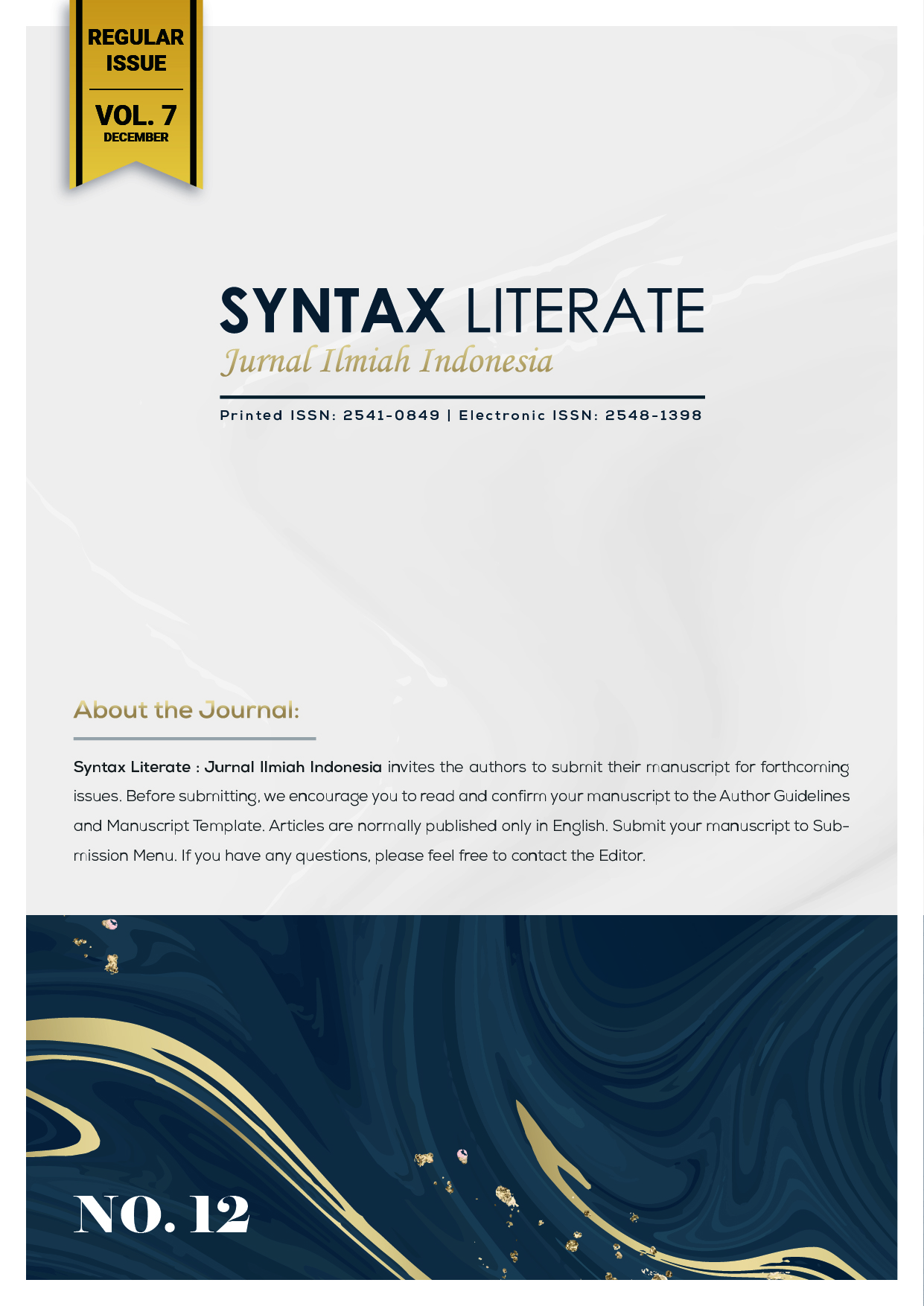Hubungan Antara Protection Motivation dan Perilaku Sharenting di Kalangan Orang Tua
Abstract
Perilaku sharenting adalah perilaku orang tua membagikan informasi detail anak dalam bentuk foto, video, atau post di media sosial yang dapat memunculkan dampak negatif bagi anak, sehingga dapat disebut sebagai perilaku non-protektif. Berdasarkan Protection Motivation Theory (PMT), perilaku protektif dimotivasi oleh threat appraisal (threat severity, intrinsic rewards, extrinsic rewards) dan coping appraisal (self-efficacy, response efficacy, response cost). Penelitian ini bertujuan untuk melihat apakah faktor-faktor PMT berhubungan secara signifikan dengan perilaku sharenting di kalangan orang tua. Survei daring dilakukan pada orang tua yang sering membagikan konten anak di media sosial dan sebanyak 67 data terkumpul. Hasil penelitian ini menunjukkan bahwa threat severity berkorelasi negatif secara signifikan dengan perilaku sharenting, sementara intrinsic rewards dan extrinsic rewards berkorelasi positif secara signifikan dengan perilaku sharenting. Self-efficacy, response efficacy, dan response cost tidak ditemukan berkorelasi dengan perilaku sharenting. Hasil penelitian ini kemudian didiskusikan lebih lanjut berdasarkan penelitian sebelumnya serta bagaimana aplikasinya untuk penelitian di masa mendantang.
Downloads
References
Brosch, A. (2018). Sharenting: Why do parents violate their children’s privacy? The New Educational Review, 54(4), 75-85.
Briazu, R. A., Floccia, C., & Hanoch, Y. (2021). Facebook sharenting in mothers of young children: The risks are worth it but only for some. Technology, Mind, and Behavior, 2(4), 1-11.
Davis, M.M., Clark, S.J., Singer, D.C., Matos-Moreno, A., Kauffman, A.D., & Hale, K. (2015). Parents on social media: Likes and dislikes of sharenting. C. S. Mott Children’s Hospital National Poll on Children’s Health, 23(2).
Dobrila, M. C. (2021). Online education during pandemic: Sharenting vs. children’s right to their own image and education. Revista Romaneasca pentru Educatie Multidimensionala, 13(1), 431-446.
Harper, P. (2020). Child’s play: How old do you have to be for Snapchat, Facebook, Instagram accounts? Social media age restrictions explained.
Hersh, M. L. (2001). Is COPPA a cop out? The child online privacy protection act as proof that parents, not government, should be protecting children’s interests on the internet. Fordham Urban Law Journal, 18(6), 1831–1878.
Hinojo-Lucena, F-J., Aznar-Diaz, I., Caceres-Reche, M-P., Trujillo-Torres, J-M., Romero-Rodriguez, J-M. (2020). Sharenting: Internet addiction, self-control and online photos of underage children. Media Education Research Journal, 28(63), 93-103.
Kopecky, K., Szotkowski, R., Aznar-Diaz, I., Romero-Rodriguez, J. (2020). The phenomenon of sharenting and its risks in the online environment. Experiences from Czech Republic and Spain. Children and Youth Services Review, 110, 1-6.
Meier, Y., Kyewski, E., Schawerl, J., Kramer, N. C. (2020). Applying protection motivation theory to predict Facebook users’ withdrawal and disclosure intentions. SM Society ’20, 21–29.
Menard, P., Bott, G. J., & Crossler, R. E. (2017). User motivations in protecting information security: Protection motivation theory versus self-determination theory. Journal of Management Information Systems, 34(4), 1203ss–1230.
Milne, G. R., Labrecque, L. I., & Cromer, C. (2009). Toward an understanding of the online consumer’s risky behavior and protection practices. The Journal of Consumer Affairs, 43(3), 449-473.
Minkus, T., Liu, K., & Ross, K. W. (2015). Children seen but not heard. In Proceedings of the 24th international Conference on world wide web - WWW 15, 776–786.
Norman, P., Boer, H., Seydel, E. R., & Mullan, B. (2015). Protection motivation theory. In M. Conner & P. Norman (Eds.), Predicting and Changing Health Behavior: Research and Practice with Social Cognition Models (pp. 70-106). New York: Open University Press.
Ouvrein, G., & Verswijvel, K. (2019). Sharenting: Parental adoration or public humiliation? A focus group study on adolescents’ experiences with sharenting against the background of their own impression management. Children and Youth Services Review, 99, 319–327.
Ranzini, G., Newlands, G., & Lutz, C. (2020). Sharenting, peer influence, and privacy concerns: A study on the instagram-sharing behaviors of parents in the United Kingdom. Social Media + Society, 1-13.
Riyanto, G. P. (2021). Jumlah pengguna internet Indonesia 2021 tembus 202 juta.
Rogers, R. W. (1975). A protection motivation theory of fear appeals and attitude change. The Journal of Psychology, 91(1), 93–114.
Salleh, N., Hussein, R., Mohamed, N., Karim, N. S. A., Ahlan, A. R., & Aditiawarman, U. (2012). Examining information disclosure behavior on social network sites using protection motivation theory, trust, and risk. Journal of Internet Social Networking & Virtual Communities, 1–11.
Steinberg, S. B. (2017). Children’s privacy in the age of social media. Emory Law Journal, 66(839), 839-884.
Stephanie, C. (2021). Berapa lama orang Indonesia akses internet dan medsos setiap hari?
Tsai, H. S., Jiang, M., Alhabash, S., LaRose, R., Rifon, N. J., Cotten, S. R. (2016). Understanding online safety behaviors: A protection motivation theory perspective. Computers & Security, 1–40
Ursachi, G., Horodnic, I. A., & Zait, A. (2015). How reliable are measurement scales? External factors with indirect influence on reliability estimators. Procedia Economics and Finance, 20, 679 – 686.
van Bavel, R., Rodriguez-Priego, N., Vila, J., & Briggs, P. (2019). Using protection motivation theory in the design of nudges to improve online security behavior. International Journal of Human-Computer Studies, 123, 29–39.
Williams-Ceci, S., Grose, G. E., Pinch, A. C., Kizilcec, R. F., & Lewis Jr., N. A. (2021). Combating sharenting: Interventions to alter parents’ attitude toward posting about their children online. Computers in Human Behavior, 125, 1–10.
Copyright (c) 2022 Devira Ayusta Putri, Dicky Chresthover Pelupessy

This work is licensed under a Creative Commons Attribution-ShareAlike 4.0 International License.











